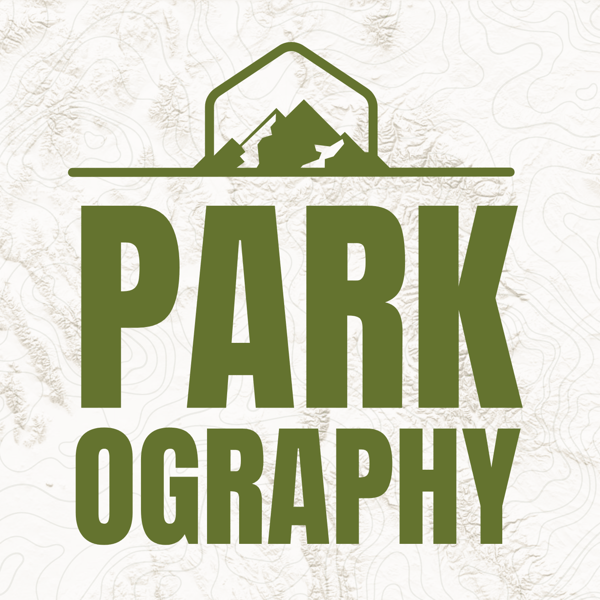Roebling’s Delaware Aqueduct
America’s National Parks Podcast
RV Miles Network
4.9 • 870 Ratings
🗓️ 12 February 2022
⏱️ 15 minutes
🧾️ Download transcript
Summary
Transcript
Click on a timestamp to play from that location
| 0:00.0 | This podcast is sponsored by L.L. Bean, who makes it easy and fun to simply step outside. |
| 0:07.0 | That might be breaking a speed record in a rugged built for fun Sonic Snow tube, walking an extra block in a warm weather resistant down jacket or just |
| 0:16.0 | taking a breath on your doorstep before cozying up in a quilted sweatshirt. |
| 0:21.1 | For however you experience the outdoors, shop clothing and gear at L.L.com. |
| 0:27.0 | Be an outsider. The Upper Delaware River Cleaves Northeastern Pennsylvania from New York. |
| 0:45.0 | It's a quiet area flanked by a tree-covered rolling hills at the foot of the Catskill Mountains |
| 0:51.0 | that are protected by the National Park Service as a scenic and recreational river. |
| 0:56.0 | In the 1800s, the Lackawaxen region of the Upper Delaware River was a bustling area, punctuated by industrial transportation. |
| 1:06.1 | The Canal era provided access to water transport where there was no natural river or lake. It was much easier to move heavy goods along a |
| 1:15.5 | waterway on a barge that on horseback or pulled over land via carriages or wagons. |
| 1:22.0 | Opened in 1828 as the first privately financed canal in the United States, |
| 1:27.5 | the 108 mile long Delaware and Hudson Canal enabled transport of raw materials out from rural Pennsylvania through |
| 1:35.8 | over 100 locks with a 16-mile gravity railway added to scale the steep inclines of the Music Mountains. |
| 1:45.0 | Using mules to draw the canal barges along the man-made waterway dug parallel to the Lachowexin River, |
| 1:51.0 | the round trip could be completed in 7 to 10 days, with the mules |
| 1:55.8 | pulling at 1 to 3 miles per hour, assuming there were no delays or mishaps along the way. One such area that could cause significant delays |
| 2:05.5 | was where the canal crossed the Upper Delaware River via a pool of slow moving |
| 2:10.7 | water formed by a slackwater dam. |
| 2:14.6 | Loggers floated their timber rafts down the river through the busy intersection with the |
| 2:18.6 | Delaware and Hudson Canal, where barges brought anthracite coal from the coal mines of Pennsylvania |
| 2:24.8 | to the Hudson River in New York where it could be transported by steamship to |
| 2:29.1 | thriving industrial marketplaces. The mule-drawn barges cross the river in a centuries if not |
... |
Please login to see the full transcript.
Disclaimer: The podcast and artwork embedded on this page are from RV Miles Network, and are the property of its owner and not affiliated with or endorsed by Tapesearch.
Generated transcripts are the property of RV Miles Network and are distributed freely under the Fair Use doctrine. Transcripts generated by Tapesearch are not guaranteed to be accurate.
Copyright © Tapesearch 2025.

